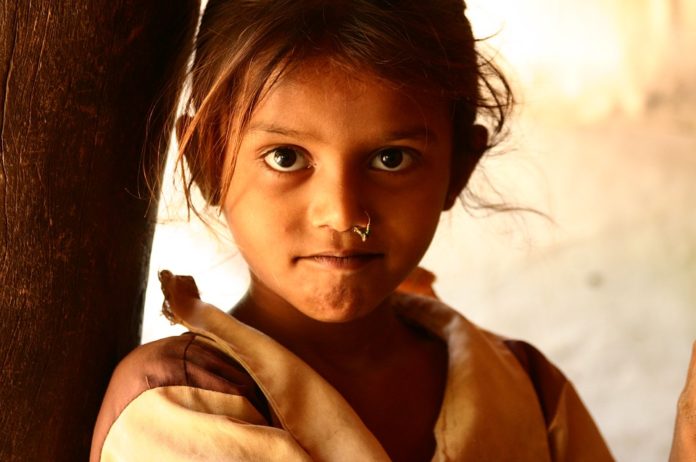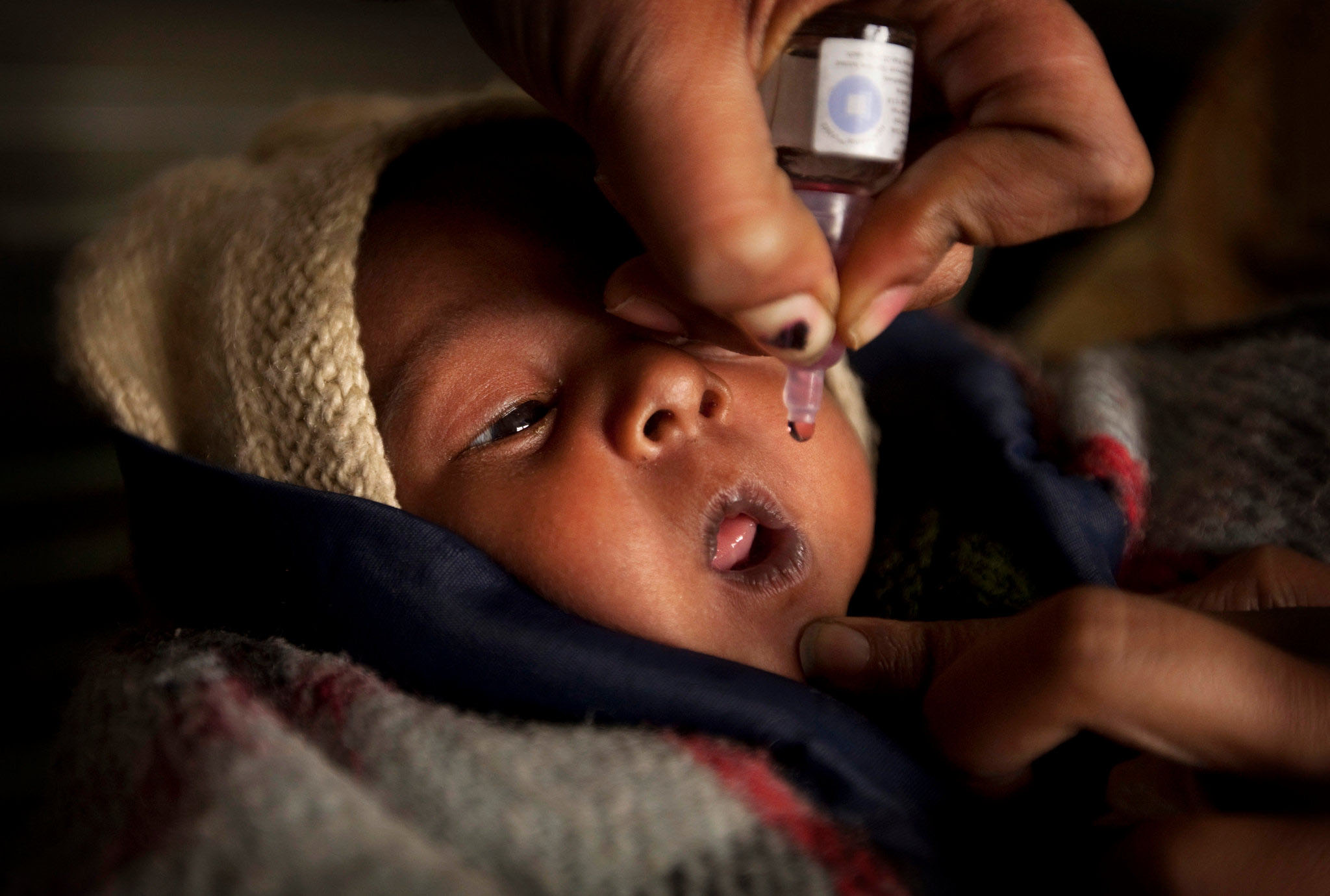
The first ever state level disease burden study of India has turned on its head the concept of some states being better than others in terms of health. While states like Bihar, Jharkhand, MP, Chhatisgarh, Orissa, Rajasthan, UP and Uttaranchal continue to battle child and maternal malnutrition, “better’ states like Tamil Nadu, Kerala, Punjab and Goa are becoming the hubs of non-communicable diseases (NCD). So, while states like Bihar and UP are still battling diarrhoea deaths in kids, those that have won that war, now have newer battles to fight. The report was released last week in New Delhi.
 “Among the leading NCD individual causes, the DALY rate for ischaemic heart disease was highest in Punjab and Tamil Nadu, followed by Haryana, Andhra Pradesh, Karnataka, Gujarat, and Maharashtra. For COPD, the highest DALY rates were in Rajasthan, Uttarakhand, and Uttar Pradesh, followed by Himachal Pradesh, Haryana, and Jammu and Kashmir. The DALY rate for stroke was highest in West Bengal, followed by Odisha, Tripura, Assam, and Chhattisgarh. Tamil Nadu had the highest DALY rate for diabetes, followed by Punjab, Karnataka, Kerala, Goa, and Manipur,” the report says. DALYs for a disease or health condition are calculated as the sum of the Years of Life Lost (YLL) due to premature mortality in the population and the Years Lost due to Disability (YLD) for people living with the health condition or its consequences. It is an internationally recognised metric for analysing disease burden.
“Among the leading NCD individual causes, the DALY rate for ischaemic heart disease was highest in Punjab and Tamil Nadu, followed by Haryana, Andhra Pradesh, Karnataka, Gujarat, and Maharashtra. For COPD, the highest DALY rates were in Rajasthan, Uttarakhand, and Uttar Pradesh, followed by Himachal Pradesh, Haryana, and Jammu and Kashmir. The DALY rate for stroke was highest in West Bengal, followed by Odisha, Tripura, Assam, and Chhattisgarh. Tamil Nadu had the highest DALY rate for diabetes, followed by Punjab, Karnataka, Kerala, Goa, and Manipur,” the report says. DALYs for a disease or health condition are calculated as the sum of the Years of Life Lost (YLL) due to premature mortality in the population and the Years Lost due to Disability (YLD) for people living with the health condition or its consequences. It is an internationally recognised metric for analysing disease burden.
Here’s what the picture looks like in infectious diseases or conditions that are caused by malnutrition. “Among the leading CMNND ( communicable, maternal, neonatal, and nutritional diseases individual causes, the DALY rate for diarrhoeal diseases was highest in Jharkhand, Odisha, and Bihar, followed by Uttar Pradesh and Assam in 2016. The DALY rate for lower respiratory infections was highest in Rajasthan, Bihar, Uttar Pradesh, Madhya Pradesh, and Assam, followed by Uttarakhand and Chhattisgarh. Bihar, Assam, and Jharkhand had the highest DALY rate for iron-deficiency anaemia, followed by Rajasthan, Madhya Pradesh, and Uttar Pradesh. The DALY rate for neonatal preterm birth complications was highest in Rajasthan, Chhattisgarh, Madhya Pradesh, and Assam. For tuberculosis the DALY rate was highest in Uttar Pradesh, followed by Assam, Gujarat, Rajasthan, Odisha, Chhattisgarh, Jharkhand, and Madhya Pradesh,” the report notes.
The inclusion of states like Tamil Nadu, kerala and Punjab in the highest bracket for NCDs like diabetes and heart disease is an interesting revelation because prevention is known to be one of the primary strategies for bringing down the NCD burden. States with better health systems as borne out by their infant mortality rates, immunisation rates etc, are failing on the prevention front. According to the latest National Family Health Survey, IMR in Tamil Nadu for example is 20 per 1000 live births against a national average of 41, in Punjab it is 29 and in Kerala it is 6. Percentage of fully immunised children in TN is 69, in Kerala it is 89 and in Punjab it is 82. The figure for the entire country is 61%.
A senior ICMR official said: “NCD burden is high in the southern states and Punjab. Lifestyle is a factor. But it is also possible that because for years, especially since the National (rural) Health MIssion was started in 2005 the focus of primary health centres and sub centres has been on reproductive and child health because infant and maternal mortality rates were among the MDGs. So they have not been focussing on prevention or on spreading awareness about dietary requirements. That is why the National Health Policy talks about shifting towards tackling NCDs.”
That India lives in many states was clear from many other aspects too. The report found that life expectancy at birth had improved in India from 59.7 years in 1990 to 70.3 years in 2016 for females, and from 58.3 years to 66.9 years for males. There were, however, continuing inequalities between states, with a range of 66.8 years in Uttar Pradesh to 78.7 years in Kerala for females, and from 63.6 years in Assam to 73.8 years in Kerala for males in 2016.
The contribution of injuries to the total disease burden has increased in most states since 1990. The highest proportion of disease burden due to injuries is in young adults. Road injuries and self-harm, which includes suicides and non-fatal outcomes of self-harm, are the leading contributors to the injury burden in India. The DALY rate for road injuries was highest in Jammu and Kashmir, Uttarakhand, Haryana, and Punjab, followed by Rajasthan and Uttar Pradesh. For self-harm, the highest DALY rates were in Tripura, Karnataka, and Tamil Nadu, followed by Andhra Pradesh, West Bengal and Telangana.














Excellent story
Comments are closed.